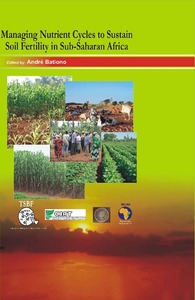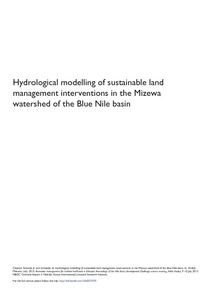Growing state presence: immediate steps for rural enterprise interventions in conflict affected areas
After extended conflict, states must move quickly to re-establish government presence and credibility, particularly in areas that have traditionally lacked access to state services. As a case study, we examine Colombia’s 2007–2010 pilot program, the Plan de Consolidación Integral de la Macarena (PCIM), in particular its component project Progreso, a program for immediate rural enterprise intervention.










